Rabbit Cages for Commercial Breeding - Durable & Hygienic
Oct . 25, 2025 11:35 Back to list
Rabbit Cages for Commercial Breeding - Durable & Hygienic
Commercial Rabbit Housing That Actually Works On The Ground
If you’ve been pricing Rabbit Cages For Commercial Breeding lately, you’ve probably noticed the market splitting: cheap-and-cheerful units that buckle after a season, and industrial wire systems designed to last. I’ve walked barns that smelled like success—and a few that didn’t. The difference, honestly, is usually in the mesh, the welds, and whether manure management was an afterthought.
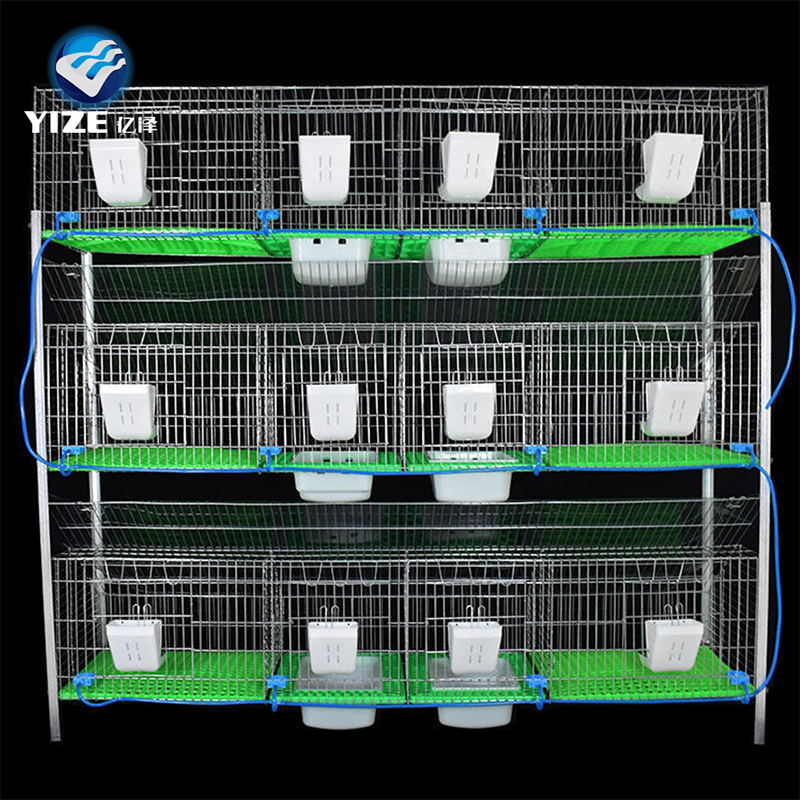
What’s trending in pro setups
Three themes keep coming up in interviews: hot-dip galvanizing for multi-year corrosion resistance, modular mother-and-baby stacks to save labor, and cleaner droppings flow to reduce mastitis and sore hocks. Many customers say they’re done with flimsy floor wire; they want heavier gauges and footpad-friendly apertures. It sounds basic, but in real barns, the basics win.
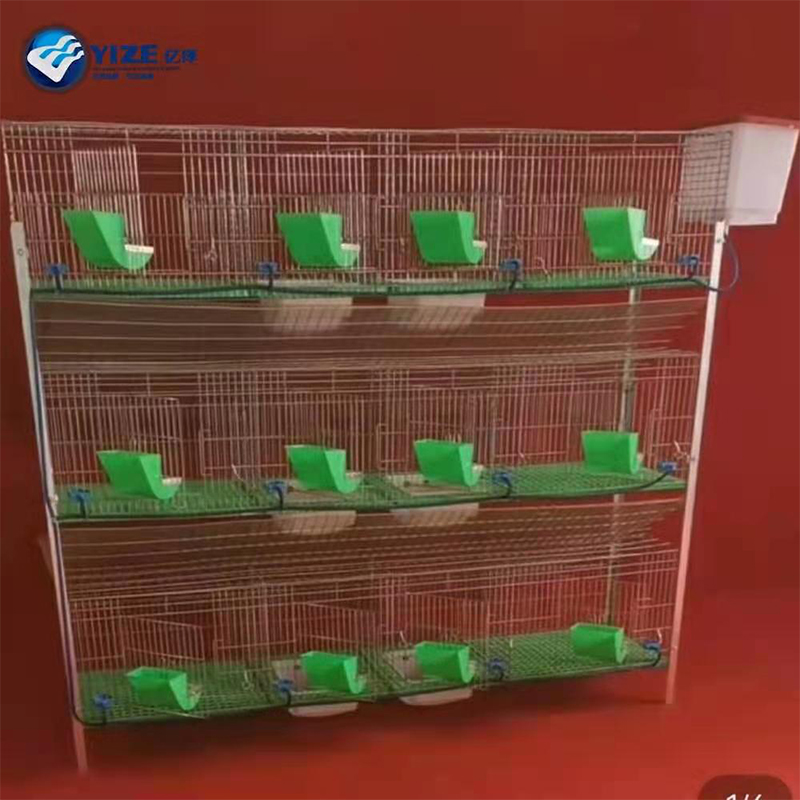
Product snapshot
Product: Rabbit Farm Galvanized Wire Mesh Mother And Baby Rabbit Cage Commercial Rabbit Cage With Stand. Origin: Jinwang Western Street, Industrial Zone, Anping County, Hengshui, Hebei, China. The cage body includes door, bottom (step net/pedal/bottom plate), side nets, rear window, top net, and fecal plate—plus the stand and feeders/drinkers as required.
Technical specifications (typical)
| Module footprint | ≈ 2.0 m × 0.6 m per tier (real-world use may vary) |
| Tiers | 2–4 tiers with stand, adjustable feet |
| Wire diameter | Floor 2.3–2.7 mm; sides/top 2.0–2.3 mm |
| Mesh aperture (floor) | ≈ 12×50 mm for doe; 10×40 mm for kits (anti-sore-hock design) |
| Coating | Hot-dip galvanizing per ISO 1461 or heavy electro-galv option |
| Coating thickness | ≈ 55–85 μm (hot-dip), 15–25 μm (electro-galv) |
| Manure tray | Galvanized plate or PP board; sloped for run-off |
| Expected service life | 8–12 years (hot-dip) or 3–6 years (electro-galv), depending on humidity/ammonia |
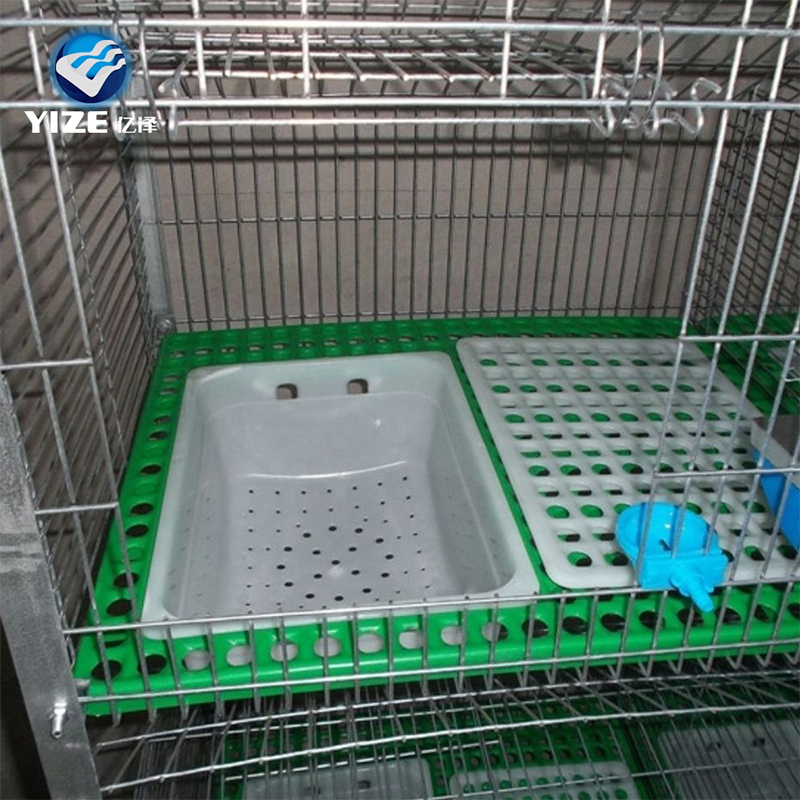
How it’s made and verified
- Materials: low-carbon steel wire (Q195/Q235), angle steel frame, PP/galv trays.
- Methods: resistance spot welding; deburring; full-frame bracing; post-weld galvanizing or pre-galv wire with re-passivation.
- Testing: coating thickness to ISO 1461; salt spray per ASTM B117 (480–720 h for hot-dip, internal data); weld shear checks per ISO 14373 sampling; flatness and door latch cycle tests (≥10,000 cycles).
- Industries: meat rabbits, research colonies, breeding centers, teaching farms.
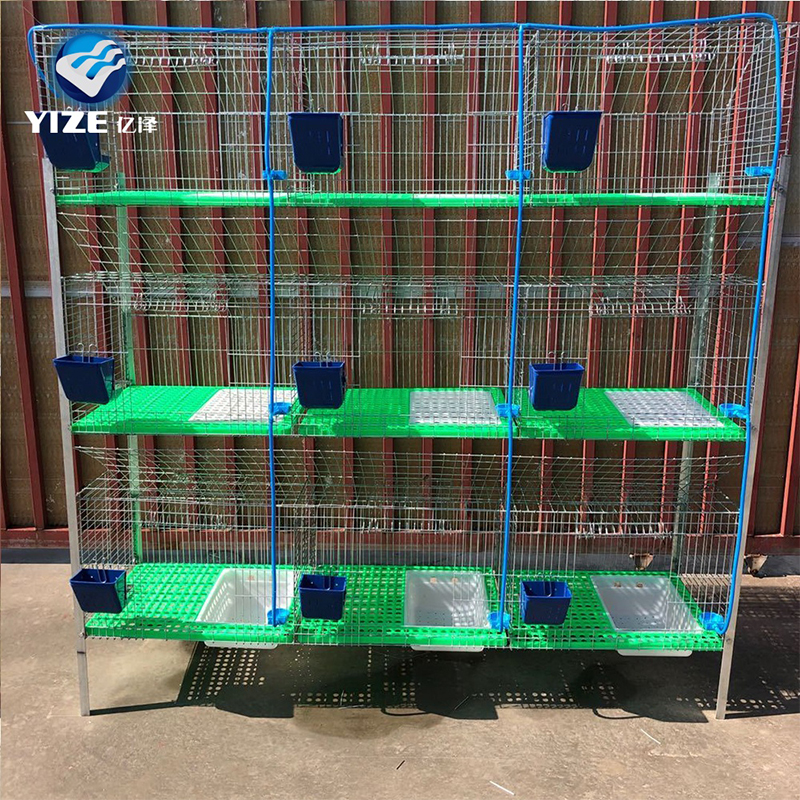
Where it fits, and why breeders pick it
Use it for doe-and-litter units, grow-out lines, or as a compact starter stack. Advantages: quicker wash-downs, better airflow, fewer feed fines wasted, and—this is underrated—doors that don’t warp. It seems that routine cleaning drops by ≈20–30% in barns that move from wood floors to wire with good slope. Customers tell me kits stay drier; fewer cases of pododermatitis.
Vendor comparison (indicative)
| Vendor | Material/Coating | Warranty | Lead time | Customization |
|---|---|---|---|---|
| Yize Machine (Hebei) | Hot-dip or heavy electro-galv; thicker floor wire | 3–5 yrs structural | ≈ 10–25 days | Sizes, tiers, feeders, trays |
| Import A | Electro-galv only | 1 year | 30–45 days | Limited |
| Local B | Painted frame + light wire | 6–12 months | 7–14 days | Basic options |
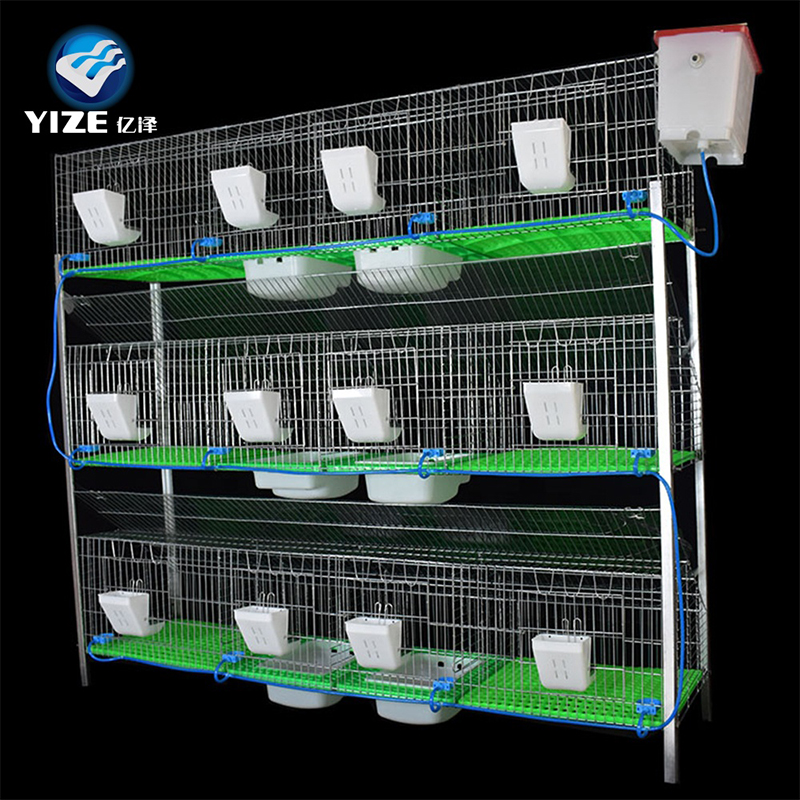
Customization, cases, and measured results
- Customization: doe/kit partitions, nursery mesh, auto-nipple drinkers, front-mounted troughs, anti-drip lines, footpads, and walkways.
- Case—Midwest breeder: scaled to 1,200 does; reported ≈15% feed savings and faster turnarounds after switching to Rabbit Cages For Commercial Breeding with tighter trough lips.
- Case—Coastal North Africa: hot-dip units outlasted painted cages by >2× under high humidity; cleaning time cut ≈25% (manager logs).
- Test data (internal QA, 2024): droppings pass-through on 12×50 mm mesh averaged 92–95%; latch fatigue test passed 10k cycles; B117 salt spray ≥480 h (no red rust) on hot-dip sections.
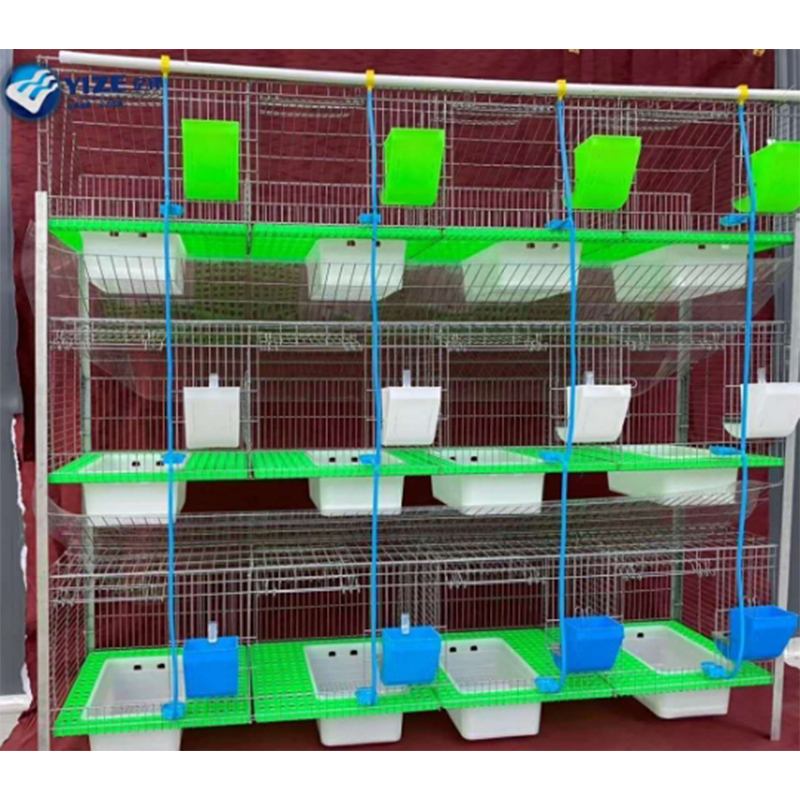
Compliance and welfare notes
Design aligns with general farm-animals welfare principles (space, ventilation, dry resting areas). For regulated markets, check local interpretations of EU 98/58/EC. Use corrosion-safe coatings per ISO 1461; validate cleaning chemicals against zinc. Water systems should meet potable standards; some clients request CE-marked pumps or ROHS-compliant plastics—easy to accommodate.
Final thought: in the end, Rabbit Cages For Commercial Breeding win or lose on two simple things—how fast you can clean them, and how calmly animals use them. This system, in my experience, scores well on both.
Authoritative citations
- ISO 1461: Hot dip galvanized coatings on fabricated iron and steel products
- ASTM B117: Standard Practice for Operating Salt Spray (Fog) Apparatus
- EU Council Directive 98/58/EC on the protection of animals kept for farming purposes
- WOAH (OIE) Terrestrial Animal Health Code: Animal Welfare Principles
- ISO 14373: Resistance welding of uncoated and coated low carbon steels
-
Trusted Chicken Cage Manufacturers for Durable, Sustainable Poultry Housing
NewsNov.17,2025
-
H Type Layer Chicken Cage - Efficient and Sustainable Poultry Housing Solutions
NewsNov.15,2025
-
Reliable Cage Type Chicken Cage for Modern Poultry Farming
NewsNov.14,2025
-
Discover the Benefits of an Automatic Chicken Layer Cage
NewsNov.14,2025
-
Durable & Efficient Chicken Mesh Cage Solutions | YizeMachine
NewsNov.13,2025
-
Automatic Layer Chicken Cage: Efficiency in Modern Poultry Farming
NewsNov.12,2025






